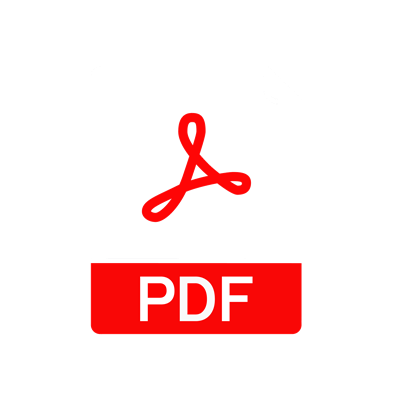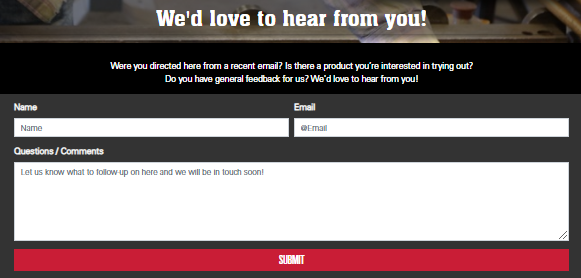29 Aug 08/29/2021
Safety First: The Top 10 Safety Signs
The most critical responsibility of any employer is to keep their workers safe. The Occupational Safety and Health Administration (OSHA) requires that all workplace hazards be identified, managed, and appropriately labeled to assist in that responsibility. This ensures that workers are informed about the potential hazards in the workplace, and it allows them to adjust their behavior around hazards appropriately.
Safety signs are the critical piece of information that keeps workers informed. Signs are designed to draw attention to them and remind people of hazards in the immediate area. For this reason, they need to be posted in a place where they can be easily seen.

Construction safety signs play a critical role in the construction industry.
A common question is: What are all the components required for safety signs? The American National Standards Institute (ANSI) has developed the ANSI Z535 standards, explaining the required signage and labeling for safety signs to ensure workplace safety. ANSI guidelines determine the size, design, location, and frequency of safety labels.
This article will look at ten of the most common safety signs and symbols employers must post to help keep the workplace safe.
Road Signs
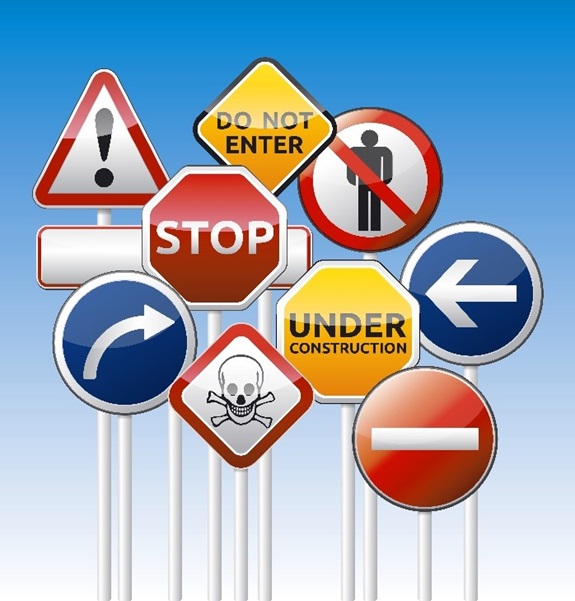
Traffic signs must communicate the "rules of the road" to both drivers and pedestrians alike. While some signs are placed on the road by each state's transportation department, others are managed by construction companies. There are three types of road safety signs:
- Cautionary – to ensure drivers know of hazardous areas they are approaching
- Informatory – to guide drivers about destinations, routes, and nearby attractions
- Mandatory – to enforce traffic laws such as speed limits
Some road signs are mobile enough to be set up at different locations, whereas permanent signs tell drivers where to merge, when to expect traffic signals, unique rules for the area, speed limits, etc. One-way signs and stop signs are the two most often purchased types of traffic signs.
OSHA Signs

OSHA's job is to keep people safe in the workplace, and safety signage is a critical way to promote worker safety. These signs are designed to promote safe work practices and remind workers of hazards.
Click the image above for the OSHA Safety Signs PDF created by Graphic Products
Common OSHA signs include PPE notices, signs about hazardous chemicals and equipment, machine warnings, first aid information, eyewash station instructions, general workplace safety signs, and construction signs.
Food Safety
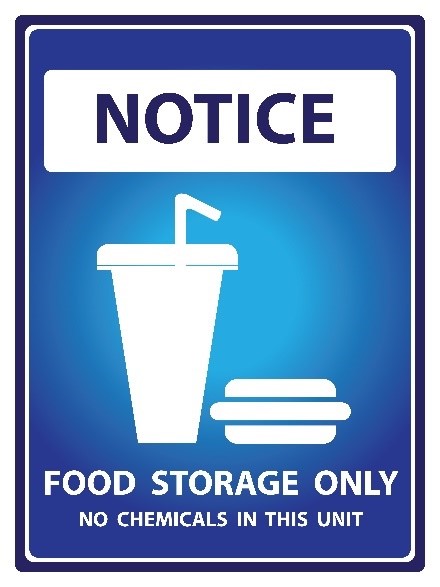
The food preparation industry includes commercial kitchens, restaurants, and butchers, delis, and cafeterias. Food safety signs instruct kitchen workers on all the rules related to keeping food safe, such as avoiding cross-contamination. There are also danger signs throughout the food world, including high-temperature areas and slippery floor warning signs.
You've probably seen a sign at a restaurant that reminds employees to "Wash Your Hands" before returning to work. It's a common sign found in many food establishments. Other popular food safety signs remind workers to sanitize areas, use different cutting boards, and cook food to the proper temperature.
Fire Safety
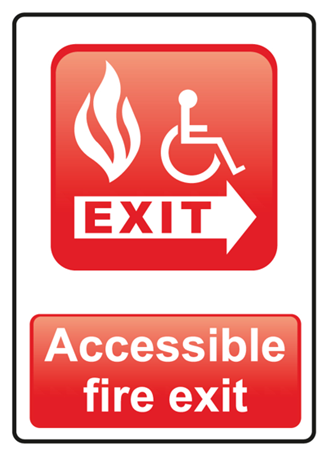
Fire is always a risk, no matter where you are located. Fires are unpredictable and can break out in schools, homes, residential apartment buildings, office buildings, commercial zones, hospitals, and more.
Clear and compelling signs inform people what to do when a fire breaks out in any location. This means informing guests, visitors, and workers of how to escape a fire. It also means what to avoid in case of a fire, such as entering an elevator. Fire safety signs also highlight where fire extinguishers are located and where flammable liquids are located.
Safety Zone

If you have ever driven a vehicle, you've likely seen a safety zone sign at some point when driving through construction work. Safety zone signs are necessary to inform the public about safety risks resulting from construction, road repairs, and infrastructure projects.
These signs may advise people to stay out of a particular area or encourage specific behaviors in an area to promote better safety.
Safety Hazard
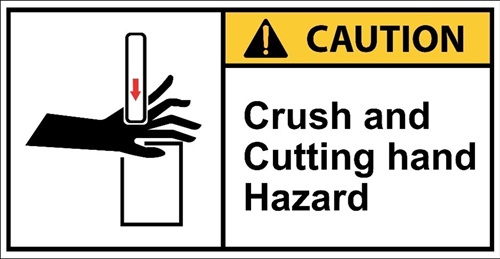
General safety hazard signs are indicators of significant safety concerns. The general categories for hazard signs are prohibition symbols, warning symbols, mandatory action symbols, and emergency signs.
As in our sign above, cut hazard signs are necessary for areas where workers need to be reminded that they are dealing with sharp objects. And, as an extra layer of protection beyond the posted signs, it doesn't hurt to be wearing some nice cut-resistant gloves, too.
Safety Instructions

Safety instruction signs almost always feature the same basic design: green background with white text. These universally recognizable signs provide basic information rather than warnings. A common type of safety instruction sign tells people where to find and use basic first aid supplies.
Safety Glasses Required

In industries where there is a risk to workers' vision, employers are responsible for informing their employees of the hazards present and help them avoid damaging their eyes. One effective way is to provide signs that direct people in high-risk zones to wear their safety glasses. This is an area that touches at the heart of MCR Safety, as safety glasses are one of the primary products we equip workers with to perform their job duties safely.
Our entire online safety glasses catalog will provide you with all the solutions we offer. If you've seen a "safety glasses required" sign at work, it's probably a good idea to get yourself a set!
Danger and Caution Signs
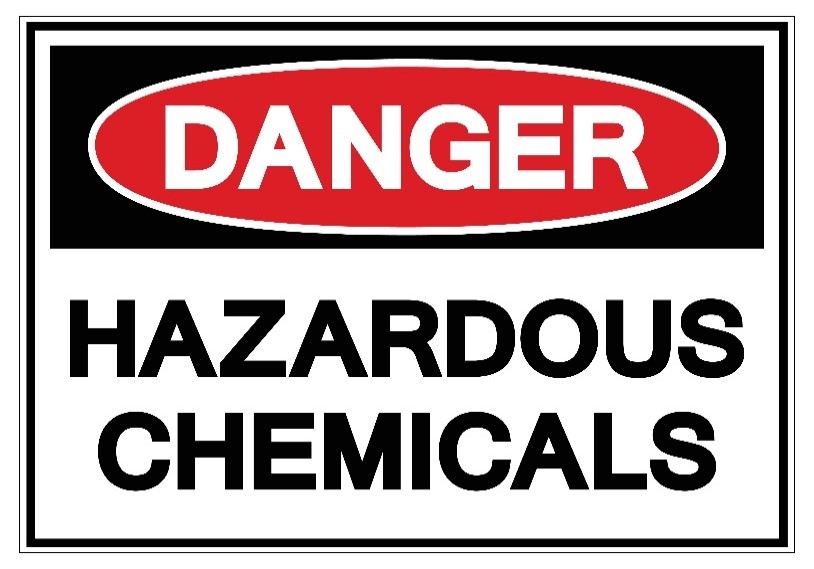
Danger and caution signs indicate immediate hazards. They advise anyone viewing the sign that special precautions are necessary to avoid injury or even death. Hazardous chemicals are one such danger that can cause immediate harm to workers. Some other common examples include high voltage danger signs and falling object danger signs.
As the image above shows, OSHA standards require danger signs to be in red, black, and white, easily recognizable as essential and immediate.
Warning Signs

Warning signs are a step down from the strictness of danger signs. These signs are written in black text with an orange background and are used in situations where ignoring the sign's information could result in injury or death.
We covered the ten most vital signs most all businesses will need at some point. However, there are numerous other safety sign categories. Here are some, with links to the top websites for each:
- Automotive Shop - www.clarionsafety.com/automotive
- Custom - www.mysafetysign.com/custom-safety-signs
- Funny - www.mysafetysign.com/funny-safety-signs
- Floor Safety - https://www.safetysign.com/floor-safety-signs
- Laboratory - https://www.mysafetysign.com/lab-safety-signs
- Marine - https://www.amnautical.com
- Mechanic Shop - www.collisionshopsolutions.com/
- Printable - free-printable-signs.com
- Safety Labels - https://www.safetysign.com/safety-labels
- Warehouse - https://www.safetysign.com/warehouse-safety-signs
Common Questions

How often should I change safety signs?
- Anytime a new standard is adopted, new signs should be installed. Signs should also be updated whenever systems and equipment are changed or when new hazards are noticed.
How many components does a safety sign have?
- OSHA 1910.145 is the standard you should review to ensure you comply with all the sign requirements for the workplace. Just as ANSI guides OSHA standards for PPE, ANSI has standards for signs. From symbols to color to wording, there are multiple sign-related ANSI standards to review.
How to teach kids safety signs?
- Safety signs are part of everyday life, not just part of the workplace. This means people of all ages need to be familiar with what safety signs mean and how to read them. One way to approach this type of signage literacy is to teach kids what basic safety signs mean and then take them on a tour through an area or building and have them "read" the signs they see. They might also try to identify where signs are not shown but should be in the interest of safety.
What safety signs do I need?
- The Graphic Products article, FIVE WAYS TO MEET OSHA REQUIREMENTS FOR SAFETY SIGNAGE, lays out five helpful ways to help you identify the signs you will need to have up.
What font is used on safety signs?
- Signs must be easily read and understood, so ANSI Z35.1-1968 was established to show all the specifications for accident-prevention signs, including font size and style.
Top Safety Sign Distributors

Most of MCR Safety's industrial distribution partners that sell the MCR Safety brand PPE also sell all kinds of workplace safety signs to the public and government. Leave us a comment below if you would like one of them to reach out to you about signs. In addition, the companies listed below specialize only in safety signs:
- ComplianceSigns - is one of the largest companies supplying signs and labels to the military, government, schools, and other companies.
- My Safety Sign - is one of the most recognized companies offering signs across numerous categories. They create custom signs and numerous industry-specific signs. Here is a link to all PPE signs offered by my safety sign.
- SafetySign - specializes in customizing and producing traffic signs and property signs. They also produce labels, stickers, and tags.
- StopSignsandMore - supplies stop signs, traffic signs, parking signs, and more to government agencies and municipalities.
- Traffic Signs - have been manufacturing and distributing signs since 1988. They provide numerous custom sign solutions
Visually More Aware and Protected
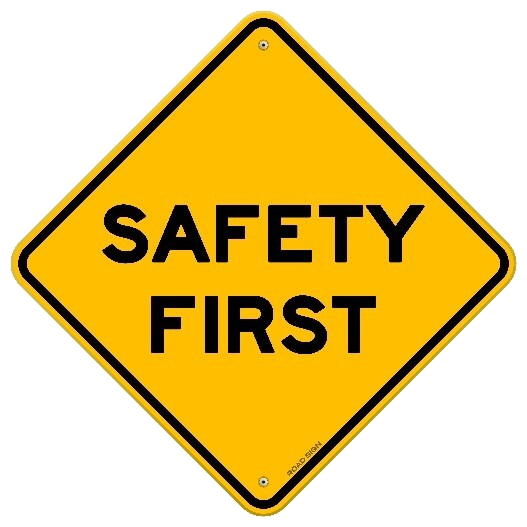
Most people think of PPE as the primary defense in keeping people protected. However, keeping people safe starts well before someone suits up with safety gear. It starts with showing people safety signs regarding warnings and potential dangers. Again, if you would like one of our industrial distribution partners to reach out to you about safety signs, simply leave us a comment below.
Click the below image to leave us comments, questions, or any concerns.
For over 45 years, MCR Safety has proven to be a world leader in gloves, glasses, and garments. Whether it's digging trenches on a construction site or working on the shop floor, we are there providing solutions to workplace hazards. It's all part of our commitment to protect people.
No matter your industry, we have the personal protective equipment you need.
Learn more about MCR Safety by checking out our most recent video. For more information, browse our website, request a catalog, find a distributor, or give us a call at 800-955-6887.
About the Author
Latest Articles





